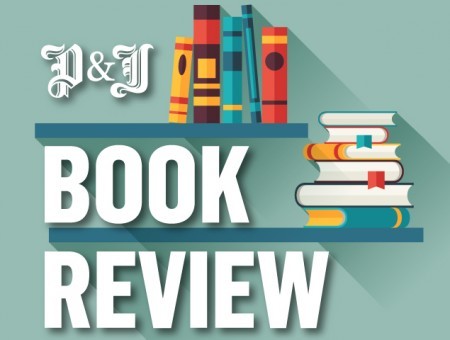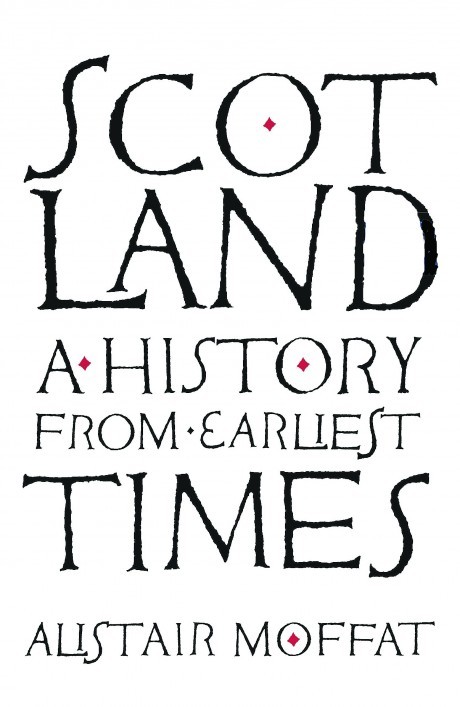Hardback by Birlinn, £25
Alistair Moffat’s 526-page epic starts with the random movement of tectonic plates. However the evolution of Scotland as a discrete entity owed as much to human conflict as to geology, he explains.
Had the Picts not defeated their Anglian overlords at Dunnichen in 685 for instance then the southerners might simply have absorbed everything north of the Forth into their kingdom.
What we call Scotland was at that time divided into kingdoms which separately spoke Gaelic, Pictish, Welsh and English – and that was before the arrival of the Norse-speaking Vikings and the French-speaking Normans.
So Scotland as a nation was no foregone conclusion.
It was largely the creation of a series of mediaeval kings but even they, Moffat explains, existed for centuries in a permanent state of near-civil war. David I for instance presided over a golden age but still saw fit to have his nephew blinded and castrated before locking him up.
Moffat vows to write “a people’s history rather than a recital of the doings of the mighty”, but he loses the plot a little as we approach the modern era. By the time we hit the 19th century he is no longer driving a narrative path but begins lurching from one unconnected topic to another.
However he soons resumes mastery of events in the 20th century. And the clear Borders bias of this Kelso-born historian also yields some fascinating insights.
How else would we know that Edmund Hillary was wearing a pullover made in Hawick when he reached the summit of Everest?

